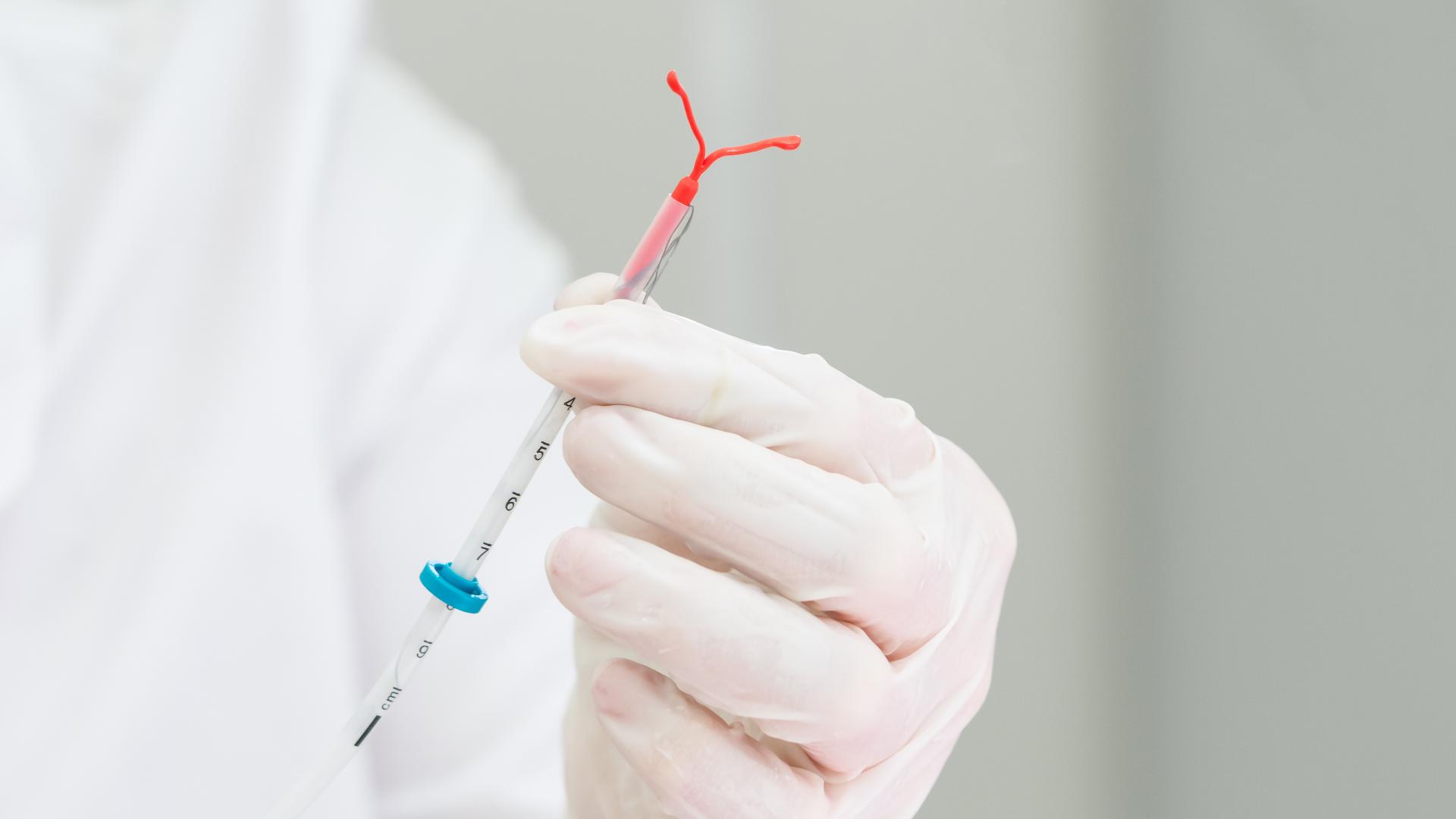ATLANTA — The Centers for Disease Control and Prevention unveiled new guidelines aimed at enhancing patient care by providing doctors with updated recommendations for administering birth control, particularly focusing on pain management during the insertion of intrauterine devices, or IUDs.
Gabriela Nine vividly recalled the pain she endured during her first IUD procedure.
"It was literally someone stabbing me on the inside with a sharp tool, and so having that without any medication, you're just there," Nine shared.
What's even more concerning, she said, is that her doctor never informed her that pain management was an option.
"I read several papers, and this was maybe 10 to 15 years ago for the first one, and I still felt uninformed about pain management," she said.
It’s experiences like Nine's that have prompted the CDC to push for more comprehensive pain management options in contraceptive care. Medical professionals in metro Atlanta shared the potential impact these guidelines could have on patients moving forward.
Shawana Moore, a nurse practitioner, believes these new guidelines are crucial, especially given the rising popularity of long-acting reversible contraception (LARC) methods. During the procedure, forceps are used to grasp and stabilize the cervix to implant the intrauterine device. Patients like Nine report pain during the procedure and after when they were not given medication.
"After the overturn of Roe v. Wade, there has been a large uptake of long-acting, reversible forms of contraception. So, I think it is one of the top forms of contraception that women do select for the prevention of pregnancy," Moore explained.
According to the Contraception Journal, intrauterine contraception is the third most common birth control method in the United States.
However, Moore also points out that not all doctors are upfront about the pain associated with IUD insertions.
"With these new recommendations from the CDC, patients can advocate for themselves, and these guidelines will help support their advocacy," Moore said.
The CDC's recommendations emphasize the importance of transparency, urging doctors to be clear about the pain that may accompany the insertion of an IUD and to discuss the available medical relief options before, during, and after the procedure.
For Nine, her recent IUD procedure in Georgia was a stark contrast to her previous experiences.
"My new OB-GYN talked me down from the nervousness, numbed the area, and provided pain management before and after the procedure," she said.
It's an experience she hopes all patients will have moving forward, thanks to these new guidelines.

